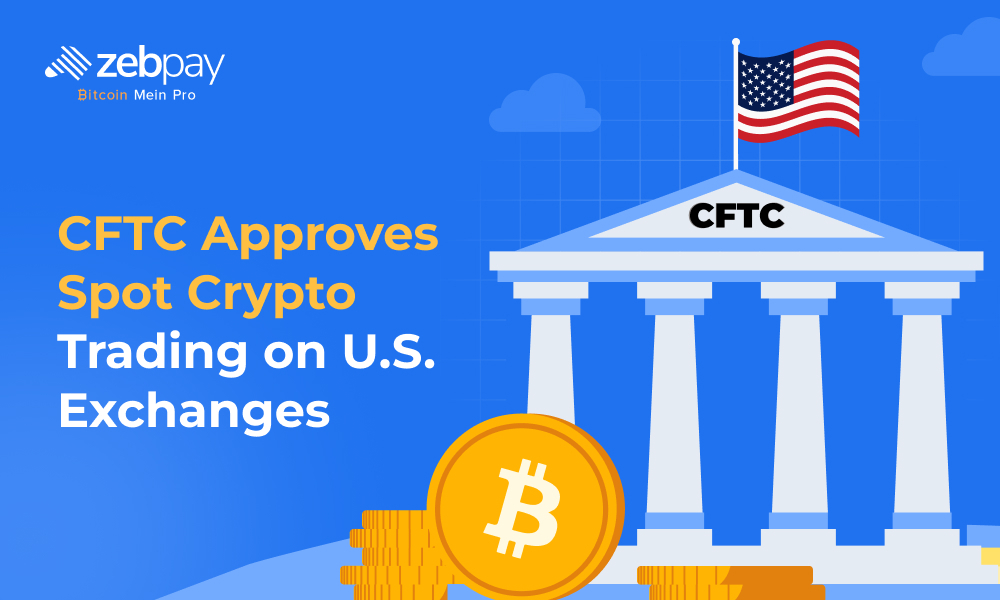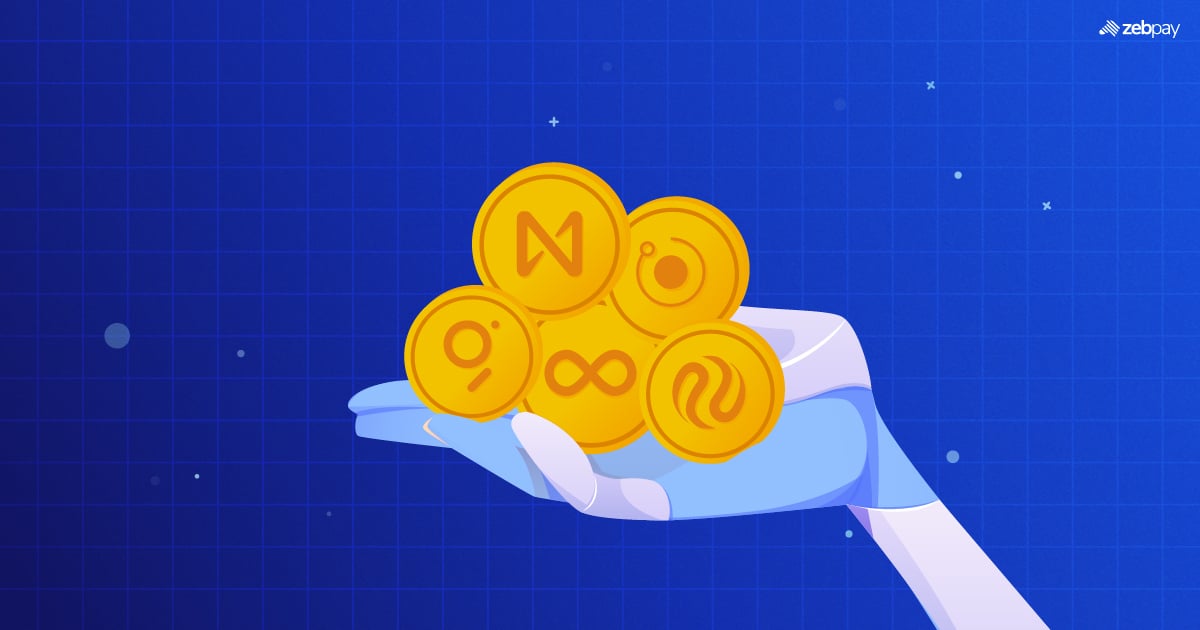The Ethereum Dencun upgrade is a combination of the Cancun and Deneb upgrades. It is a significant milestone in Ethereum’s evolution which focuses on enhancing scalability and security within the network. This upgrade introduces proto-danksharding. It is also known as EIP-4844. This aims to optimise gas fees for Layer 2 network (L2) transactions and improve the network’s ability to handle increased transaction volumes.
Scalability and Efficiency Enhancements
The main objective of the Dencun upgrade is to improve scalability, efficiency, and security through the implementation of various Ethereum Improvement Proposals (EIPs). The introduction of proto-danksharding is expected to lower gas fees for L2 transactions. This is expected to benefit end-users by reducing costs and enhancing transaction throughput. It utilises data blobs for more efficient storage of Layer 2 information on the Ethereum blockchain, aiming to streamline transaction processing and reduce overall costs for users.
Read more: What are Blockchain Layers
Understanding Proto-Danksharding
Sharding is a technique to split transactions on the Ethereum Mainnet into smaller shards to reduce congestion. As the mainnet gets congested, the efficiency decreases and the cost of transaction increases. Shard chains offer faster processing, increased storage, and lower fees. Danksharding is a specific sharding design that simplifies the process by having only one proposer per shard. It is a step towards achieving scalability on Ethereum.
Implications for Users and Exchanges
As the Dencun upgrade rolls out, users can expect improvements in transaction speed, throughput, and cost-effectiveness within the Ethereum network. The introduction of temporary blobs for storing Layer 2 data on the main Ethereum blockchain is a crucial step towards reducing gas costs significantly, making transactions more affordable for users across different applications and platforms. This is seen as a revolutionary Ethereum update as with utility and transactions, the transaction charges surged. This led to various L2 chains solving Ethereum’s speed and scalability issues. Dencun upgrade gives Ethereum native L2 improvements for speed, scalability and security.
Read more: What is Layer 2 Blockchain
Future Development and Roadmap
Vitalik Buterin’s vision for Ethereum’s future development includes continuous improvements in architecture and functionality. This comes with a focus on scalability enhancements through initiatives like sharding and layer 2 optimisations. By evolving its consensus mechanisms and introducing innovative solutions, Ethereum aims to position itself as a leading blockchain platform capable of supporting diverse decentralised applications and modern use cases.
Conclusion
In conclusion, the Ethereum Dencun upgrade marks a significant advancement in Ethereum’s journey towards becoming a more scalable, efficient, and user-friendly blockchain network. By implementing proto-danksharding and other key features, this upgrade sets the stage for improved transaction processing, reduced costs, and enhanced network performance. This paves the way for a more robust decentralised ecosystem within the Ethereum community.
In essence, the Ethereum Dencun upgrade is not just about technical enhancements; it’s about creating a better experience for everyone in the Ethereum community.
ZebPay blogs serve as a great source of knowledge for all things crypto-related. Click the button below and become part of the millions trading on ZebPay.







